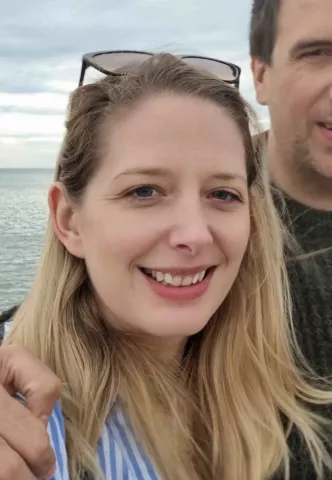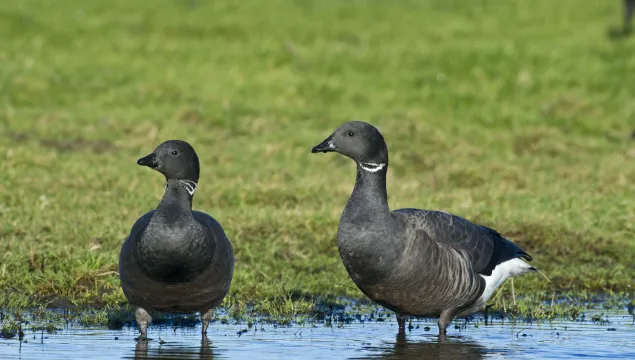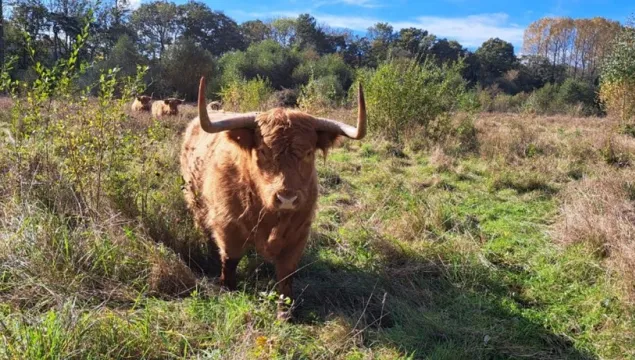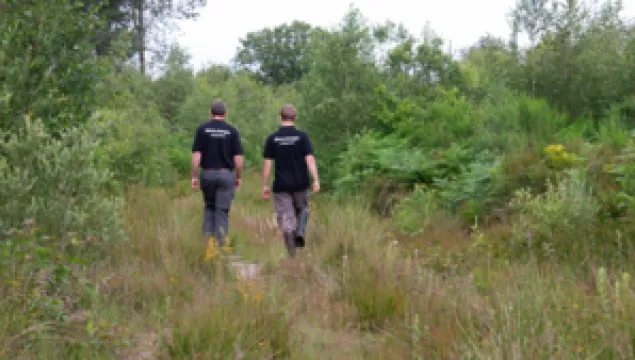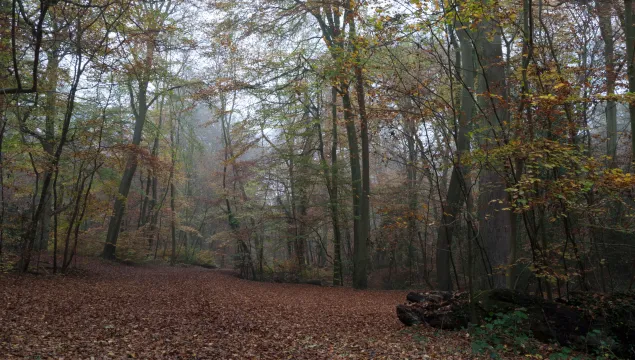
Beech and Yew Wood
Soaring beech trunks and a feeling of spaciousness mean that these woods have often been likened to cathedrals. Dense shade means that little grows on the thick layer of fallen leaves underfoot, but some of our most treasured and enigmatic orchids are found here while dark, muffled yew woods hold some of our most ancient trees.

